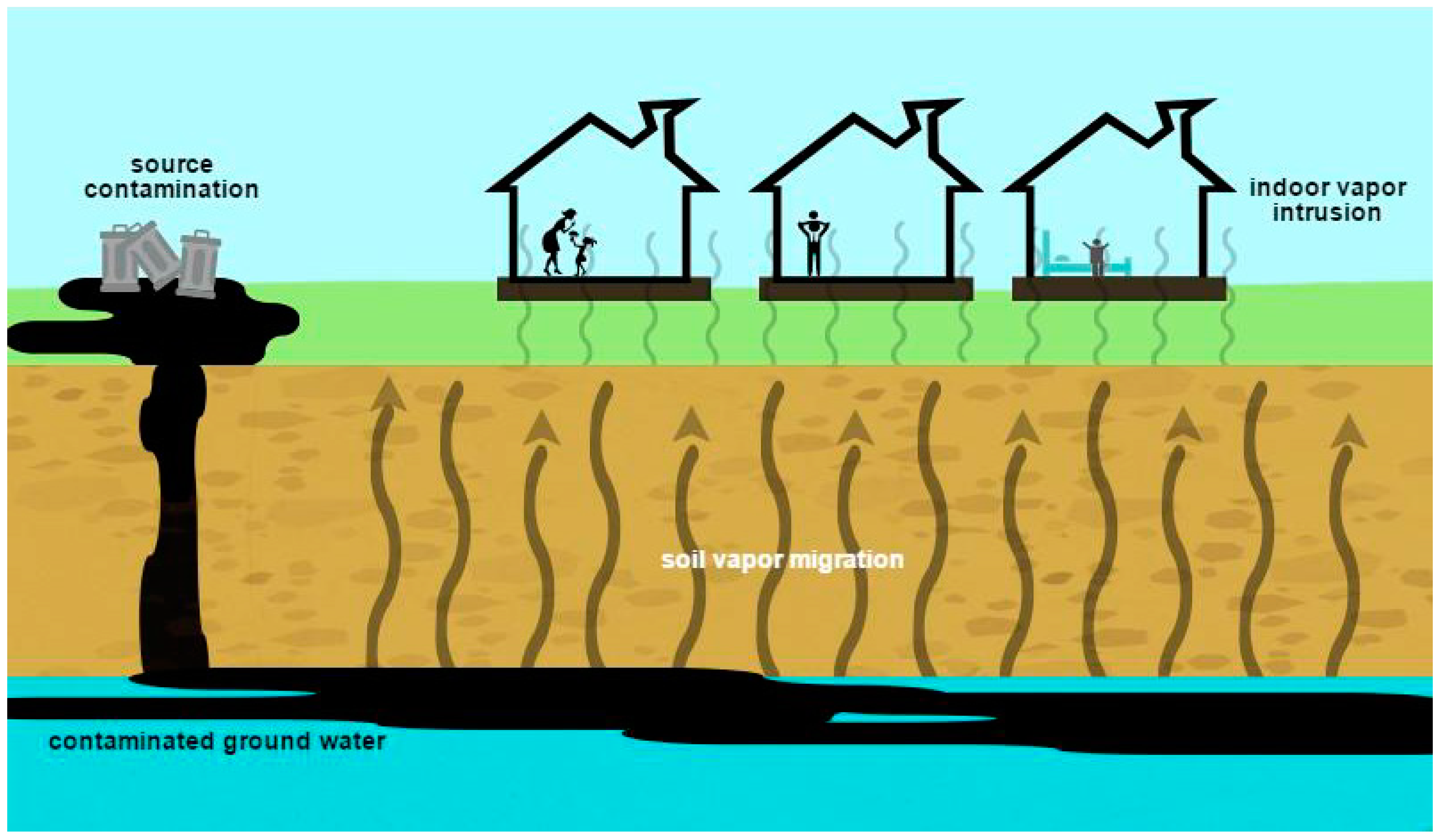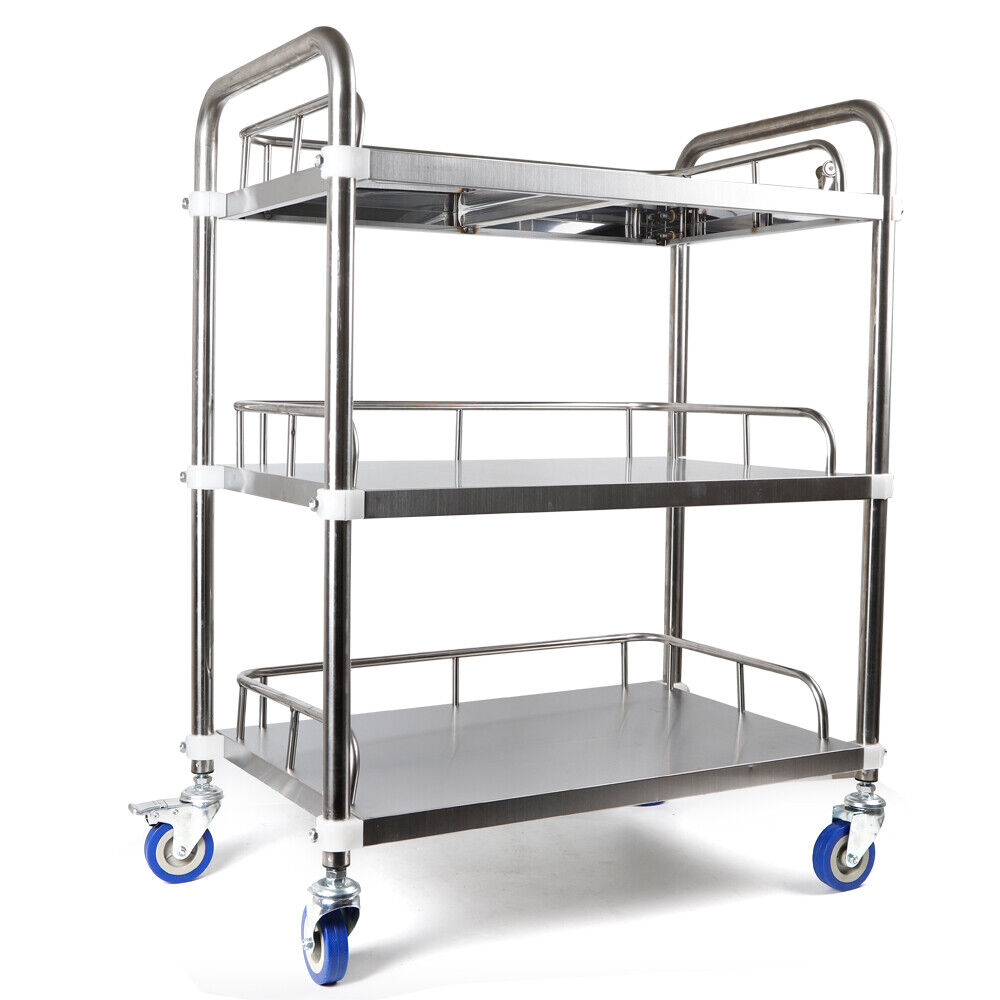Indoor air quality is a basic part of building security, influencing the wellbeing and prosperity of inhabitants. As worries about vapor interruption and indoor air pollution rise, the execution of commercial radon testing has become vital to safeguarding indoor air quality. We should investigate how these systems play an urgent role in establishing better indoor conditions.
Vapor interruption happens when unpredictable impurities from subsurface sources relocate into indoor spaces, prompting potential wellbeing for inhabitants. Normal sources include underground stockpiling tanks, tainted soil, or groundwater contamination. Vapor mitigation systems are intended to resolve this issue by forestalling or decreasing the passage of destructive vapors into structures.
One more pivotal part of vapor mitigation systems is vapor boundaries. These boundaries are introduced underneath the structure establishment to create a defensive layer that forestalls the vertical development of unsafe vapors. By shaping a boundary between the debased soil and the indoor climate, vapor obstructions go about as an actual hindrance, guaranteeing that vapors can only, with significant effort, saturate through the structure.
Dynamic ventilation systems are additionally basic to vapor mitigation methodologies. These systems improve air flow inside a structure by assisting with scattering and weakening any potential vapors that might enter. By continually reviving indoor air, dynamic ventilation systems contribute to maintaining a better climate for inhabitants.
The choice and execution of commercial radon testing are profoundly reliant upon site-explicit circumstances and the idea of the pollutants in question. The viability of these systems depends on an intensive comprehension of the site’s geography, hydrogeology, and the kinds of pollutants present.
As well as safeguarding indoor air quality, vapor mitigation systems add to administrative consistency. Numerous natural organizations and construction laws currently require the appraisal and mitigation of vapor interruptions in specific settings. Introducing a viable vapor mitigation framework not only focuses on the wellbeing and security of building tenants, but also guarantees compliance with natural guidelines.
Vapor mitigation systems assume a vital role in safeguarding indoor air quality by addressing the dangers related to vapor interruption. Through a blend of soil vapor extraction, vapor obstructions, and dynamic ventilation systems, these arrangements provide a hearty protection against destructive toxins, establishing better indoor conditions. As familiarity with indoor air quality worries keeps on developing, the adoption of vapor mitigation systems is turning out to be progressively fundamental for guaranteeing the prosperity of tenants and fulfilling administrative guidelines.




